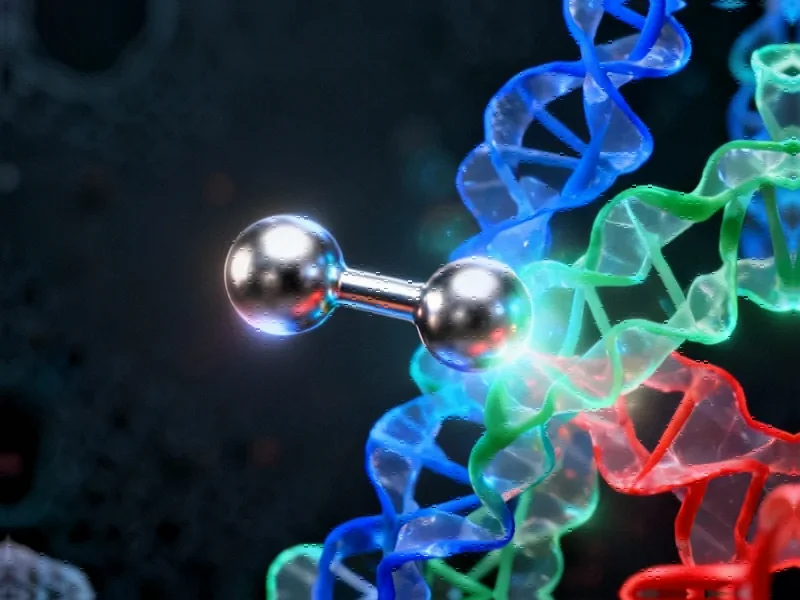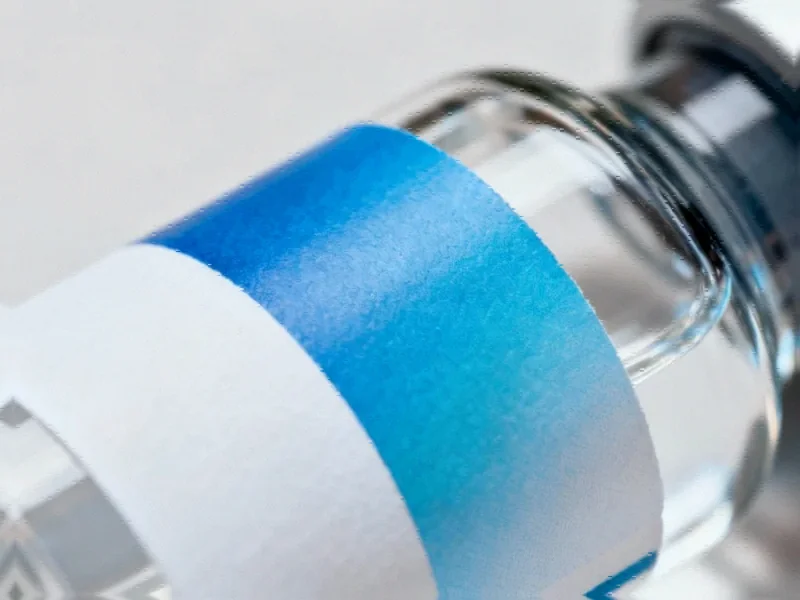Breaking Through Cancer’s Defense Systems
Researchers have developed a novel approach to overcoming multidrug resistance (MDR) in cancer treatment by leveraging platinum’s unique chemical properties, according to a recent study published in Nature Communications. The strategy involves creating hybrid molecules that combine platinum pharmacophores with established chemotherapy drugs, enabling them to bypass the cellular efflux pumps that typically render cancer cells resistant to treatment.
The Platinum Advantage in Drug Design
Sources indicate that the research team capitalized on an underutilized characteristic of platinum-based cancer drugs: their ability to form strong covalent bonds with proteins. While platinum agents like oxaliplatin are traditionally valued for their DNA-damaging capabilities, analysts suggest their protein-binding properties may be equally important for overcoming drug resistance.
“The report states that clinically used anticancer platinum agents exhibited high intracellular platinum retention even in efflux-high MDR cell lines,” researchers noted. This observation led to the hypothesis that platinum’s promiscuous covalent interactions with proteins create molecular complexes too large for efflux pumps to remove effectively.
Engineering the Hybrid Molecule
The team reportedly applied this concept to doxorubicin, a widely used chemotherapeutic and prototypical P-glycoprotein substrate. By synthetically tethering an oxaliplatin-like platinum pharmacophore to doxorubicin through a carefully designed synthetic route, they created a new compound called doxaliplatin (DoxPt).
Unlike typical platinum-containing drug conjugates where components are designed to separate inside cells, DoxPt functions as a single molecular entity. The report states that “the platinum core and anthracycline are attached with non-leaving group NH ligands,” creating a stable complex that maintains both parental drug activities while gaining new properties.
Overcoming Resistance Mechanisms
In extensive testing across multiple cancer cell lines, DoxPt demonstrated remarkable ability to circumvent drug resistance. According to the findings, uterine sarcoma cells that exhibited more than 60-fold resistance to doxorubicin showed complete sensitivity to DoxPt treatment. Similarly, drug-resistant ovarian cancer cells that were impervious to doxorubicin responded effectively to the platinum conjugate.
Perhaps most significantly, analysts suggest the physical mixture of doxorubicin and oxaliplatin failed to overcome resistance, indicating that covalent incorporation of platinum is essential for the effect. The conjugates reportedly evaded drug clearance mediated by various ABC transporters without requiring additional efflux-inhibiting agents.
Mechanistic Insights and Cellular Distribution
Further investigation revealed distinct differences in how cancer cells process these compounds. While doxorubicin predominantly accumulated in cell nuclei, DoxPt was mainly found in the cytoplasm. Researchers determined that more than 60% of platinum from both oxaliplatin and DoxPt accumulated in the cytoplasm, with only about 10% reaching the nucleus.
Protein fractionation studies showed the majority of platinum was found in protein fractions, with DoxPt exhibiting even higher protein preference than oxaliplatin. This distribution pattern, combined with the compound’s demonstrated binding to numerous proteins, supports the hypothesis that platinum-protein interactions are key to evading efflux pumps.
The concept of creating molecular complexes that exceed the substrate size limit of transporters appears central to the mechanism. This approach represents what some industry observers might consider among noteworthy related innovations in therapeutic design.
Broader Applications and Organoid Validation
The research team extended their investigation to cancer organoids—three-dimensional tissue cultures that better mimic human physiology. In colorectal cancer organoids engineered with common colon cancer mutations, DoxPt exhibited intermediate potency between doxorubicin and oxaliplatin but with dramatically reduced resistance development.
After five months of selective pressure with escalating doxorubicin doses, organoids acquired more than 200-fold resistance. In stark contrast, DoxPt induced only minimal resistance even after the same selection period. Co-culture experiments with fluorescently tagged organoids demonstrated DoxPt’s ability to simultaneously kill both drug-sensitive and drug-resistant cells, a feat unachievable by physical mixtures of the parental compounds.
Clinical Implications and Future Directions
In proof-of-concept animal studies, weekly administration of DoxPt significantly extended survival in a mouse model of aggressive colon cancer. The report states median survival increased from 22.5 days to 34 days, with additional experiments confirming reduced tumor burden after a three-week treatment course.
The success of this approach highlights platinum’s potential as a versatile component in drug design beyond its traditional DNA-targeting role. As the pharmaceutical industry continues to explore novel strategies against treatment-resistant cancers, this research suggests new avenues for drug development that could parallel other industry developments in complex system optimization.
While the field continues to advance, researchers caution that further investigation is needed to fully understand the conjugate’s mechanism and optimize its therapeutic profile. The approach nonetheless represents a significant step toward addressing one of oncology’s most persistent challenges, much as other sectors work to overcome systemic vulnerabilities through recent technology improvements and market trends in infrastructure resilience.
This article aggregates information from publicly available sources. All trademarks and copyrights belong to their respective owners.
Note: Featured image is for illustrative purposes only and does not represent any specific product, service, or entity mentioned in this article.



